
A substantial portion of patients who received daratumumab in the AQUILA study were able to delay disease progression to active multiple myeloma.

Your AI-Trained Oncology Knowledge Connection!


A substantial portion of patients who received daratumumab in the AQUILA study were able to delay disease progression to active multiple myeloma.

Experts discussed supportive care and why it should be integrated into standard oncology care.

Results showed no “deleterious reactions” with chlorotoxin-directed cellular therapy in a small cohort of patients with recurrent glioblastoma.
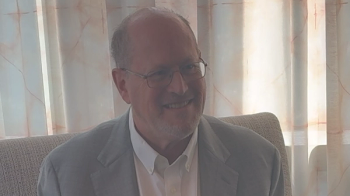
Although 1 of 21 patients with liver-dominant NETs died due to RILD in the phase 1 study, no RILD-induced deaths were observed in the phase 2 trial.
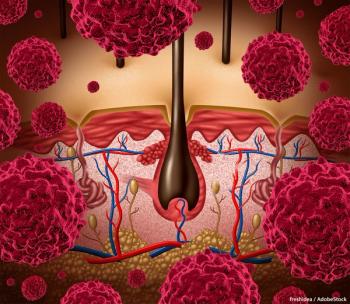
Biomarker analyses and real-world comparisons to refine patient selection are ongoing in the phase 2 PLUME trial.

A novel CAR T-cell therapy may bind with more avidity, rather than affinity, to glioblastoma cells, said Michael Barish, PhD.

Data from the phase 2 INTERACT-ION trial support further investigation of the potential synergistic effect of ezabenlimab plus adaptive chemoradiotherapy.
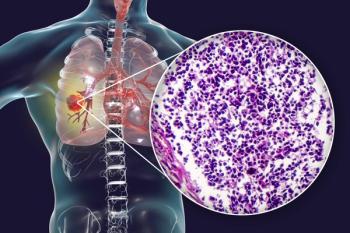
Data from a phase 1a/1b trial show that no patients discontinued STK-012 due to treatment-related adverse effects.

Dato-DXd is being assessed in numerous trials across the breast, lung, and bladder cancer spaces.


While more work must be done to minimize toxicity, antibody-drug conjugates have demonstrated benefits for patients with glioblastoma.
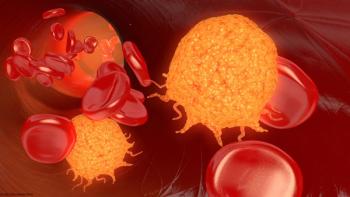
The newly approved dasatinib tablets are therapeutically equivalent and approved in the same indications as reference dasatinib.

Micheal C. Soulen, MD, spoke about his presentation on the CapTemY90 trial at the 2025 NANETS Multidisciplinary NET Medical Symposium.

ADCs demonstrate superior efficacy vs chemotherapy but maintain a similar safety profile that requires multidisciplinary collaboration to optimally treat.

The approval of daratumumab validates the notion of using limited therapy to help delay progression from smoldering disease to multiple myeloma.

The safety profile of palazestrant plus ribociclib in a phase 1b trial was comparable to prior reports of each individual agent.
![“[This approval] will be a quite dramatic change in our philosophy and practice in multiple myeloma," according to Joseph Mikhael, MD, MEd, FRCPC, FACP, FASCO.](https://cdn.sanity.io/images/0vv8moc6/cancernetwork/3cab3ada4c023b68c118240a512e31d72a7f931b-1200x628.png?w=350&fit=crop&auto=format)
Data from the phase 3 AQUILA study support the FDA approval of subcutaneous daratumumab in this population with smoldering multiple myeloma.

Experts highlight the top 5 presentations from ESMO 2025 that may have long-term clinical implications for genitourinary cancer management.
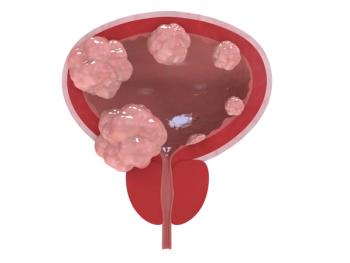
The FDA agreed that data from the UTOPIA trial, with UGN-103 demonstrating a 77.8% 3-month CR rate in patients with LG-IR-NMIBC, support an NDA submission.

Due to certain errors in the 2026 PFS Final Rule pre-publication, ACRO has issued a statement while awaiting the publication of the 2026 HOPPS Final Rule.

According to Aditya Bardia, MD, MPH, FASCO, antibody-drug conjugates are slowly replacing chemotherapy as a standard treatment for breast cancer.

A simulation procedure helped to ascertain chemotherapy tolerability before administering radioembolization therapy for NETs with liver metastases.

The 24-month RFS rates were 95.1%, 81.2%, 69.4%, and 48.4% in patients with stage III melanoma who experienced a pCR, near pCR, pPR, pNR, respectively.

The addition of radioembolization to radiosensitizing chemotherapy may help concurrently treat patients with liver tumors and disease outside the liver.

In neuroendocrine tumor management, patients with insulinoma may be at risk of severe hypoglycemia following receipt of GLP-1 receptor agonists.

Topline data are expected to be available in the first half of 2026 after the submission of results for presentation at a medical conference.
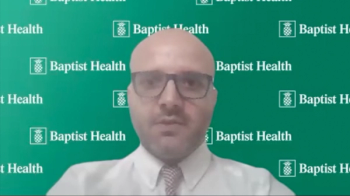
Decreasing the low-dose bath of proton therapy to the body may limit the impact of radiation on lymphocytes and affect tumor response.

Aditya Bardia, MD, highlights the successes and challenges associated with ADC treatments in breast cancer.
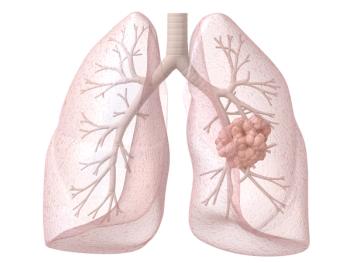
Phase 2 data showed no dose-limiting toxicities with EIK1001 plus pembrolizumab in patients with advanced non–small cell lung cancer.

ILKN421H plus pembrolizumab previously showed antitumor activity among patients with frontline non–small cell lung cancer in a phase 1 trial.